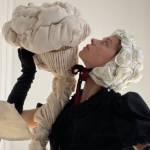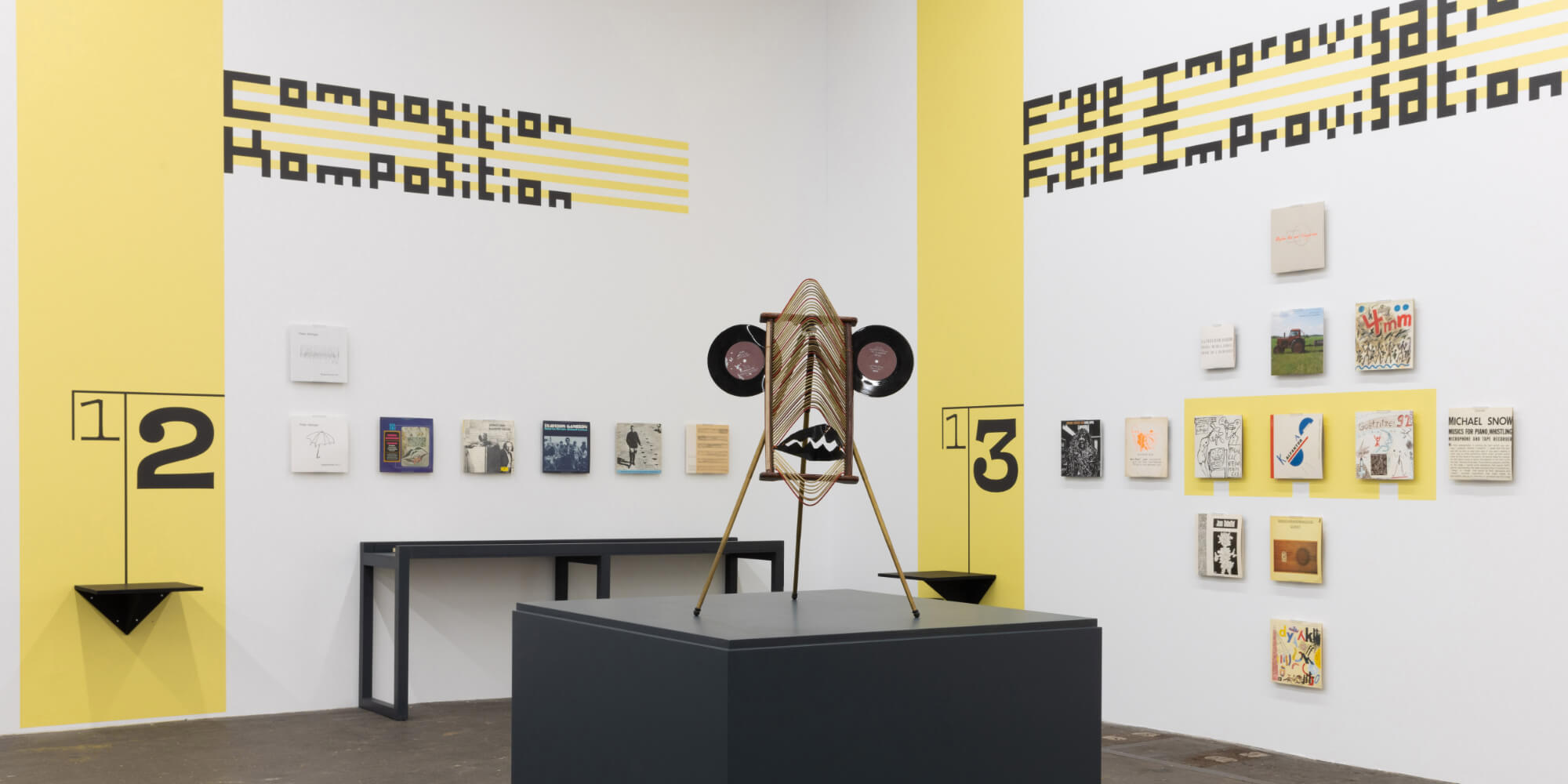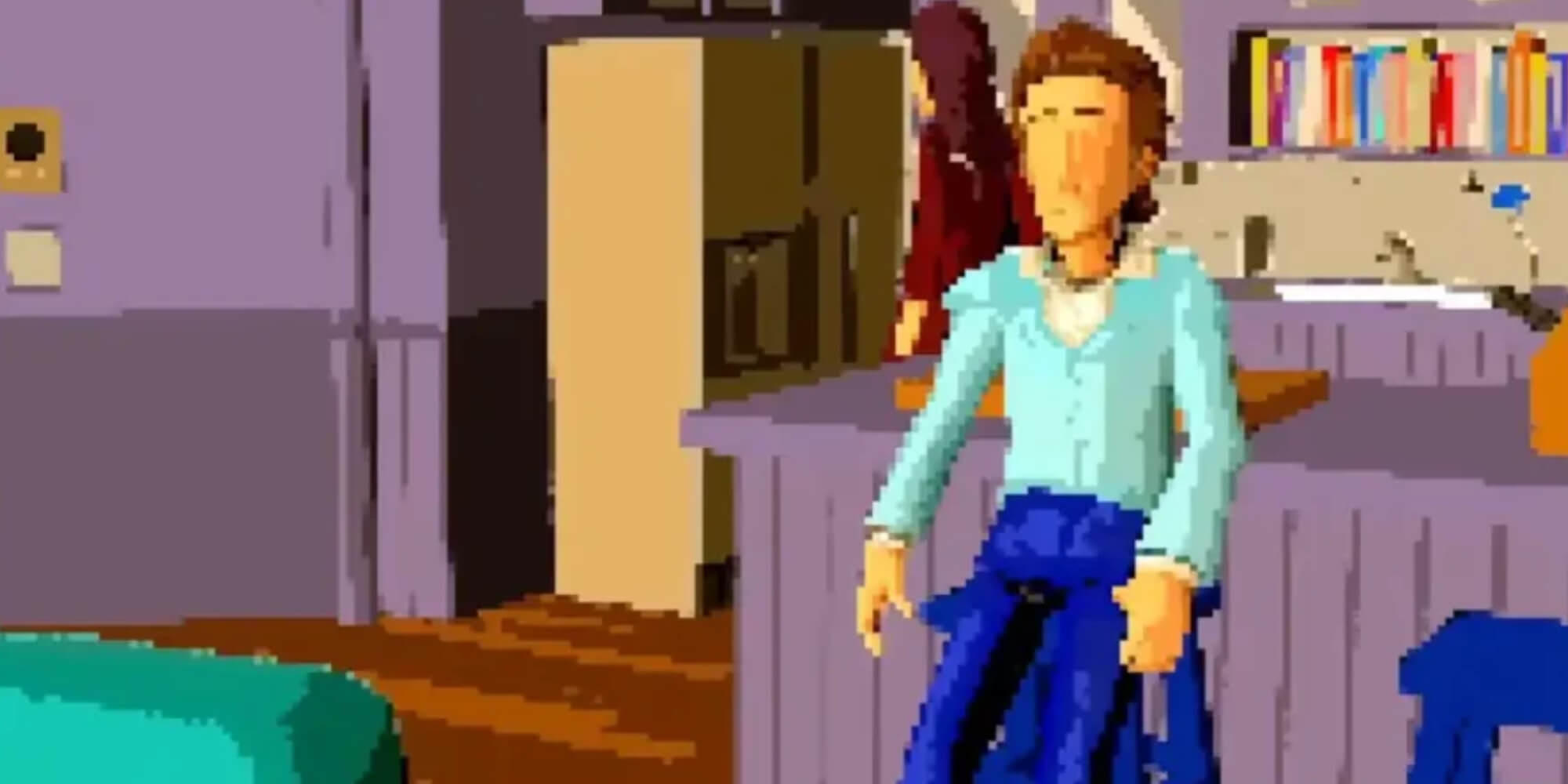With the new generations of women artists, the art forms mastered by the women of the past are now taking the forefront with these artists taking up space in the most significant art event in the West.
The 60th International Art Exhibition of La Biennale di Venezia, titled ‘Stranieri Ovunque—Foreigners Everywhere,’ will take place this month in Venice. The influential exhibition will feature artists who work with art mediums traditionally connected with invisible women’s labor, such as Shalom Kufakwatenzi, Güneş Terkol, and Agnes Waruguru, to explore themes of identity, gender, and culture.
Many women artists whose work ties together components of their identity and the traditions of women’s work also share their stories on social media, the latest form of pop culture generation and propagation. One of them is multidisciplinary artist Polina Osipova, who uses the storytelling power of the art forms of women’s history to communicate and connect with the world.
Polina Osipova: Art that embodies her story
Polina Osipova uses the domestic arts as narrative tools to tell a story of the self and her community, the Chuvash people, an indigenous group from the Republic of Chuvashia.
“My work is very autobiographical because I have no experience of formal education and this is the only narrative method available to me. I guess I want to tell my story, and the story of what surrounded me when I was a kid, to immerse the viewer in this world by evoking empathy.”
Like many other artists who employ ancestral art mediums to explore their roots, Osipova grew immersed in the history-rich material culture shaped by the artistic labor of past and present generations of women.
“Domestic arts have always surrounded me, as I grew up in a Chuvash family (indigenous people of the Republic of Chuvashia). And the women in my family have always done it, from embroidery to sewing clothes and home textiles, to homespun cloth made by my great grandmother.”
Osipova uses the power of the crafts and skills passed down by the women of her community with all their freeing power, allowing the viewers in her material and emotional world.
“I love my practice based on applied art also because for me it stands in opposition to the seemingly patriarchal and institutionalised practices taught at university. I think that textiles as a traditionally female occupation envelops all sharp objects that hit it and absorb them. Invisibility is a very important point, and it seems women also devalue this labor because of this pressure.”
With their lace and Chuvash warrior woman, the pieces from the artist’s ‘Digital Mythology’ project are the perfect distillation of Osipova’s electrifying visual storytelling, rich in the symbology and materials that tell the tales of ancestral (and present) female power.
Domestic arts and online pop culture: An antidote to the manifestation of globalization and mass production?
The domestic arts have influenced the traditional vehicles of pop culture. Still, the latter has rarely focused on them and their makers, with notable exceptions such as the novels ‘Alias Grace’ by Margaret Atwood and Laurie Lico Albanese’s ‘Hester’ and ‘Bright Star’ by Jane Campion.
Social media, which have undeniably become the spaces where much of people’s consumption of popular culture takes place and where our aesthetic sensibilities are shaped and shared, are changing the game, putting the makers into the spotlight.
With Osipova and many other artists, like the Berlin-based artist with Buryat roots, Anastasia Pilepchuk, and the Vienna-based artist from Bashqortostan Ziliä Qansurá, who have worked art mediums traditionally connected with invisible women’s labor into their practice sharing their work on social media, people can now understand these mediums on a deeper level, re-gaining an understanding and appreciation for crafts’ history and artistry that many of us have lost due to globalization and mass manufacturing.
Take lace, an art form traditionally carried out by women with a rich history and connection to many local cultures. Countless of us have worn it at some point, most likely unaware of all it encompasses. Through social media, lacemaker and Textile Historian Elena Kanagy-Loux has shared the beauty and power of lace with millions of people, highlighting the work of the lace craftswomen of the past.
Artists like Osipova, Kanagy-Loux, and Waruguru’s use social media to remind us not only of the intrinsic value of the art form historically practiced by women but also of the stories, power, and mastery of female artists of the past and present, which are taking space in the new, digital pop culture.
*Image courtesy of the artist




























